Venetian painting is characterized by deep, rich colors and a strong interest in the effects of light.
1400 - 1500

Venetian painting is characterized by deep, rich colors and a strong interest in the effects of light.
1400 - 1500
Venice had everything—a stable republican government led by a Doge (“Duke”), wealth from trade, and a unique location as a gateway between Western Europe and the Byzantine Empire.
We're adding new content all the time!
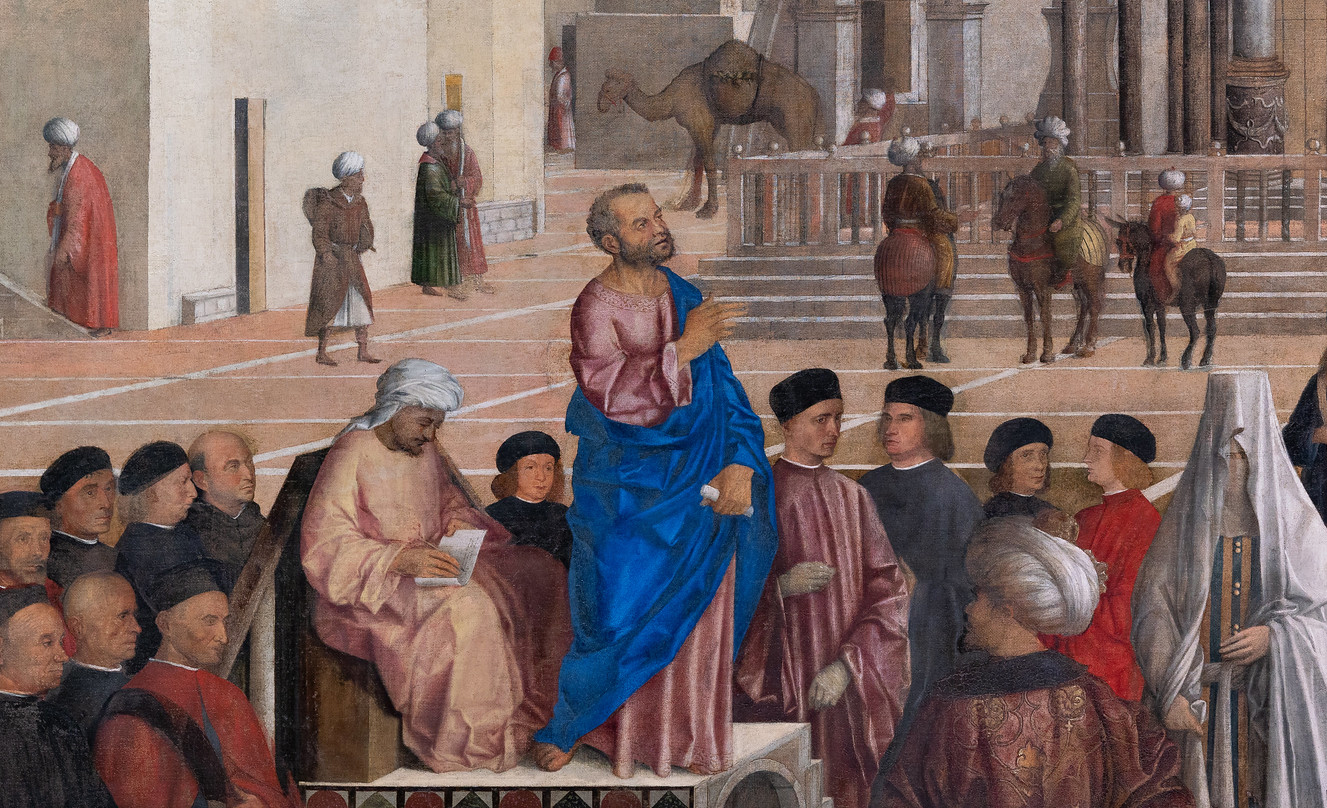
Bellini imagines Saint Mark preaching in a collage of different times and places: ancient Alexandria, 16th-century Venice, and the Ottoman Empire.
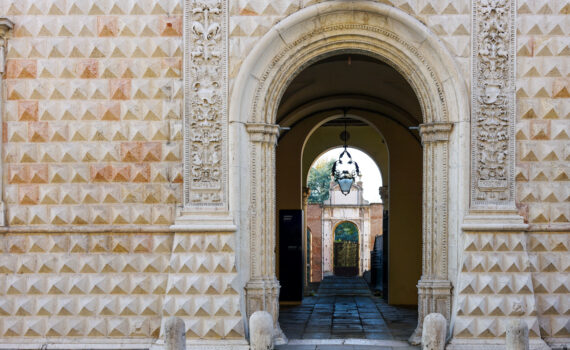
Encased in glittery diamond-shaped marble, Palazzo dei Diamanti illustrates the grandeur of Renaissance Ferrara.
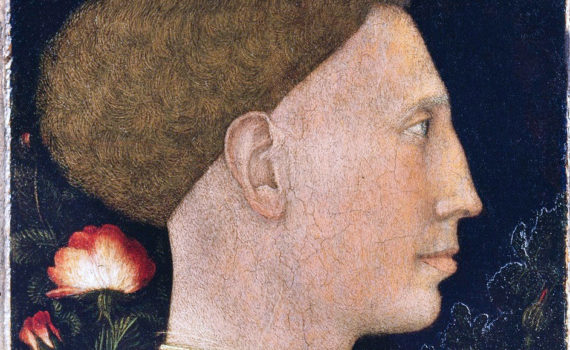
Like a social media post, Pisanello's portrait of Leonello d'Este is all a carefully constructed fiction
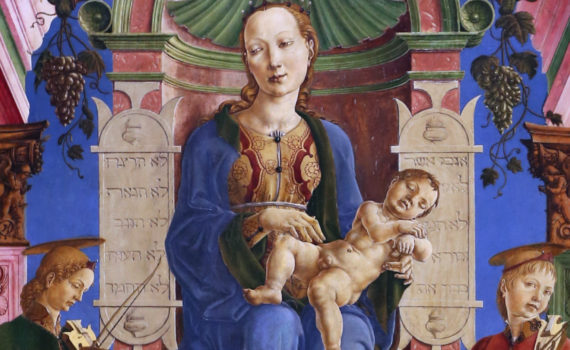
Cosmè Tura’s Roverella altarpiece, though known to us only in its current fragmentary state, speaks to the vibrancy and sophistication of late fifteenth-century Ferrarese art.
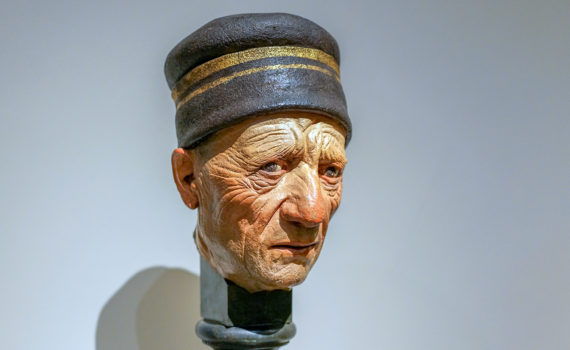
Mazzoni, one of the foremost terracotta sculptors of Northern Italy during the Renaissance, incarnates clay with the spirit of a living person
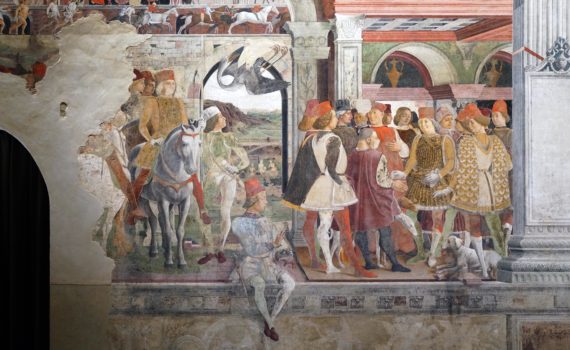
The surviving decorations of Schifanoia offer modern viewers a precious glimpse of the splendorous forms that once adorned the d’Este’s numerous palaces and villas
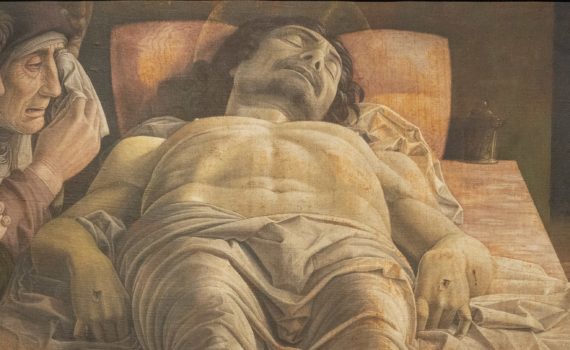
Mantegna was fascinated by perspective. His radical foreshortening and realism focus attention on Christ’s wounds.
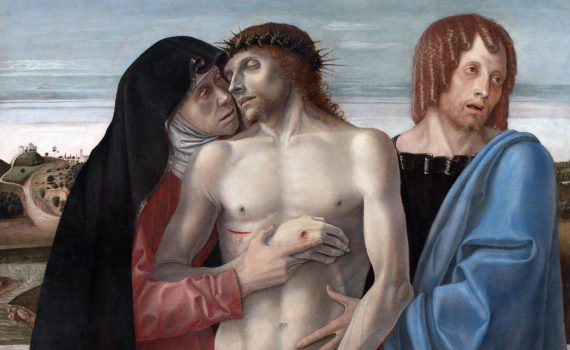
Bellini zooms in on three figures—the Virgin Mary, Christ, and John—to create a sense of our being with them after Christ's death
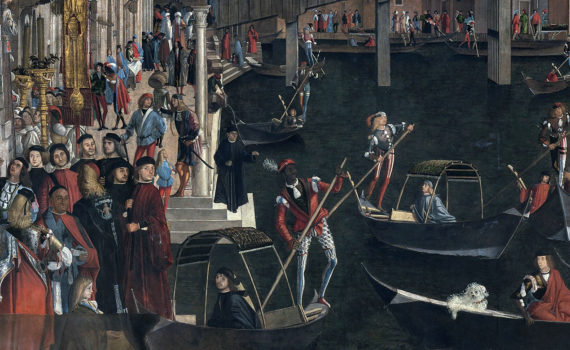
A painting shows life on the Grand Canal of Venice, including Black gondoliers
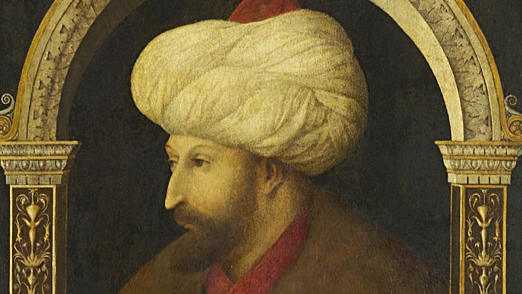
Gentile Bellini's portrait of Mehmed II has been re-interpreted and understood many times since it was produced nearly 550 years ago.

A masterpiece lost to American bombs during World War II
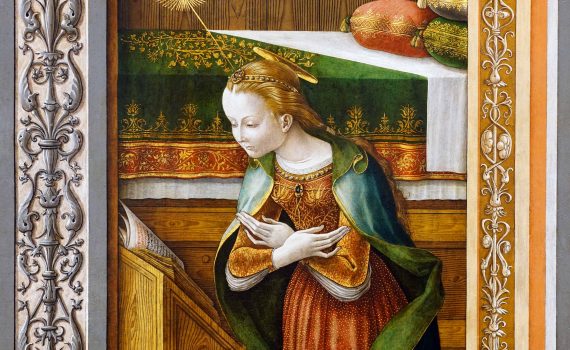
What are Persian carpets, a peacock, and a cucumber doing in a painting of The Annunciation?